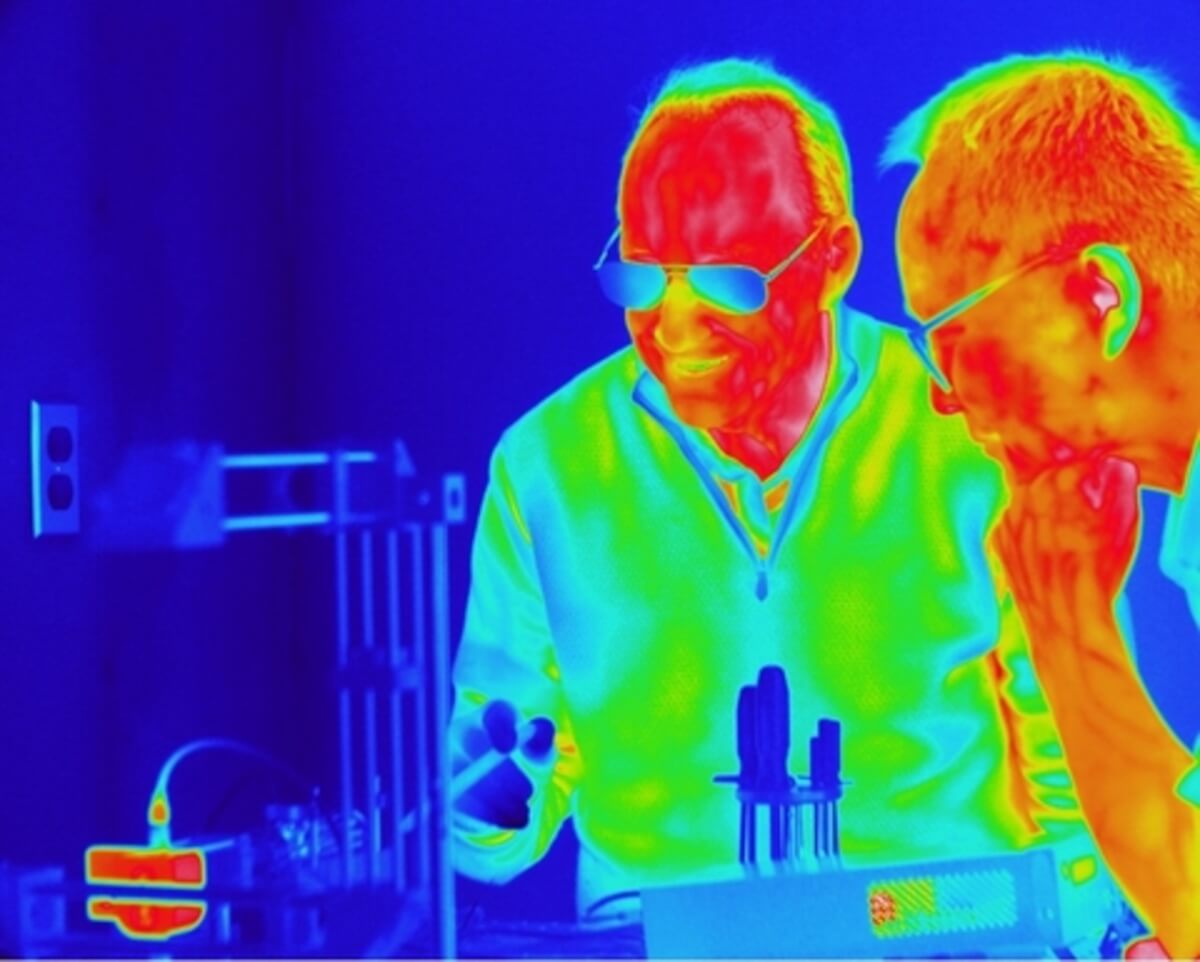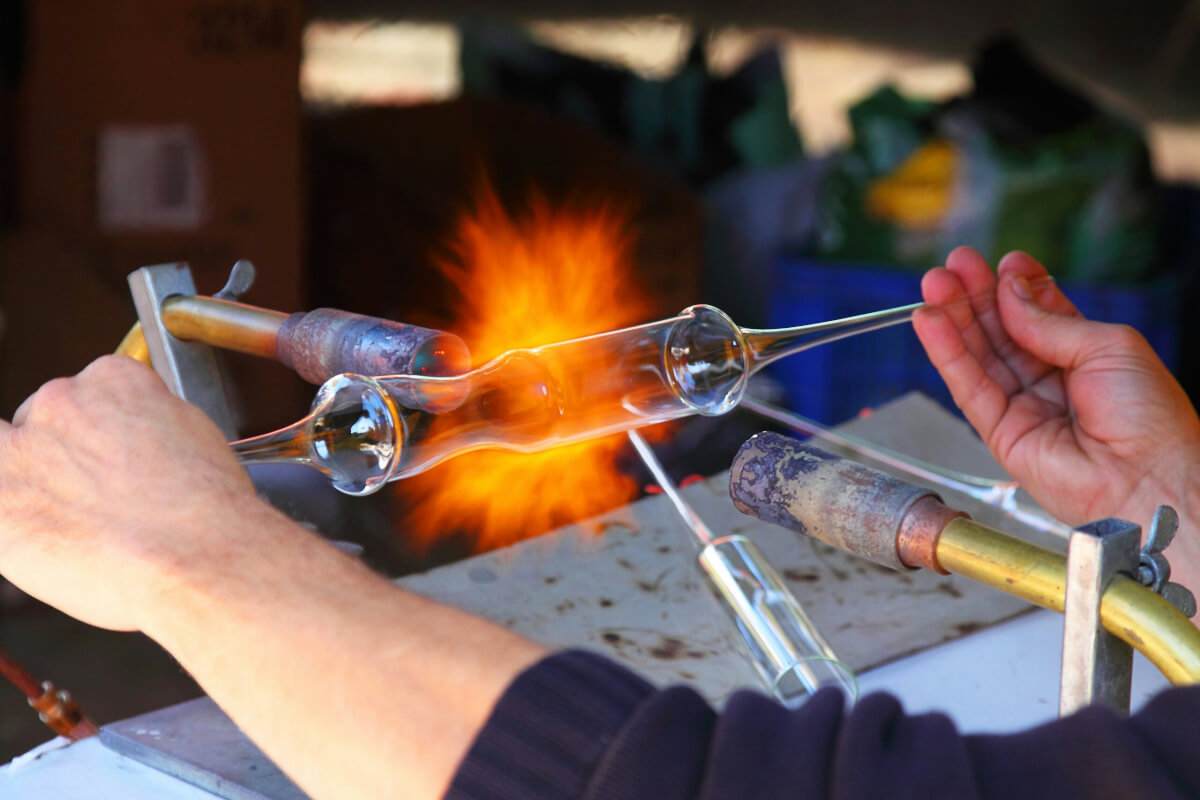AMHERST, Mass. — A 200-year-old scientific law has been upended. In a significant scientific breakthrough, a team from the University of Massachusetts-Amherst has discovered a notable exception to Fourier’s Law, a principle that has stood as the cornerstone of understanding heat diffusion through solid materials for over two centuries.
This landmark study presents the first evidence that the law may not encompass all mechanisms of heat transmission at the macro scale, particularly in common materials like plastics and glasses.
Fourier’s Law, named after the French mathematician and physicist Jean-Baptiste Joseph Fourier, posits that heat moves through solids by diffusion, a process similar to how a hot tea mug gradually warms your hands. However, this new research suggests that in certain materials, heat can also travel via pure electromagnetic radiation — a mode of energy transfer we commonly experience as the warmth from the Sun.

“This research began with a simple question,” says study senior author Steve Granick, Robert K. Barrett Professor of Polymer Science and Engineering at UMass Amherst, in a university release. “What if heat could be transmitted by another pathway, not just the one that people had assumed?”
Their investigation focused on translucent polymers and inorganic glasses, chosen for their semi-transparent nature, which the team hypothesized might allow for the passage of energy in a way akin to how light permeates these materials. The experiments were conducted in a vacuum chamber to eliminate the influence of air, which could otherwise contribute to the convective movement of heat. By applying a heat pulse using a laser and monitoring the heat’s progression through the materials with an advanced infrared camera, the researchers observed anomalies that could not be fully accounted for by Fourier’s Law alone.
“No one has tried this before,” says study lead author Kaikai Zheng, a senior research fellow at UMass Amherst. “There’s something unexpected happening within translucent polymers.”

What they discovered was groundbreaking: the translucent nature of these materials facilitated internal radiation of energy. This radiation interacted with minor structural imperfections within the materials, turning them into secondary sources of heat emission. This process represents a novel mechanism of heat transfer, distinct from the diffusion process outlined in Fourier’s Law.
“It’s not that Fourier’s Law is wrong, just that it doesn’t explain everything we see when it comes to heat transmission,” explains Granick. “Fundamental research like ours gives us an expanded understanding of how heat works, which will offer engineers new strategies for designing heat circuits.”
Supported by the Barrett Family Foundation and the Korean Institute for Basic Science, this research not only challenges long-held scientific beliefs but also highlights the importance of fundamental research in unveiling the complex mechanisms of our physical world. Through questioning established knowledge and exploring the unknown, the UMass Amherst team has paved the way for future innovations in material science and engineering.
The study is published in the journal Proceedings of the National Academy of Sciences.

Why not just say that in certain materials that are transparent or translucent to heat energy at certain wavelengths that heat can move through such a material not only by conduction, but by radiation?
“What if heat could be transmitted by another pathway, not just the one that people had assumed?”
OMG A Fourier Denier!!!
There are laws against this sort of thing!
The Ministry of Truth will have him put away for years.
How dare he question a “Law”? Freeze his bank account, take away his children, if we allow these simple laws to be questioned, what kind of heresy will be next?
Will they question Climate Change? Vaccination? the benefits of Fluoride? the Holocaust?
It’s the thin edge of the wedge, students are there to memorise old shit, not question it.